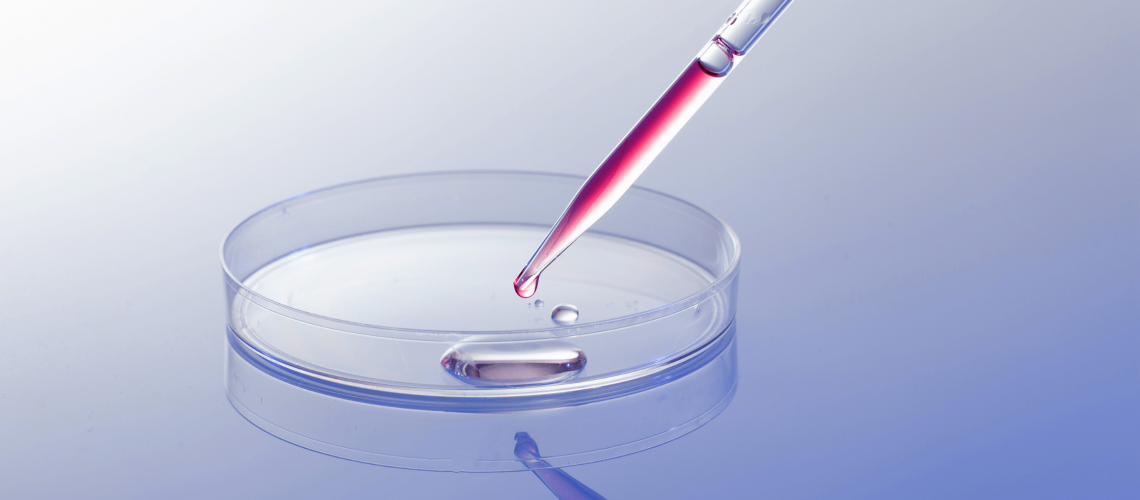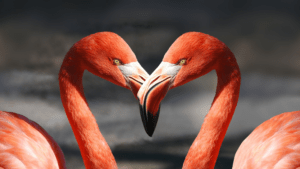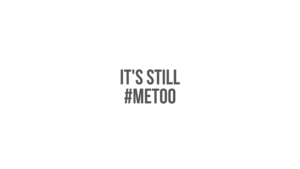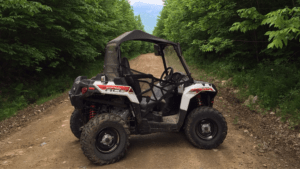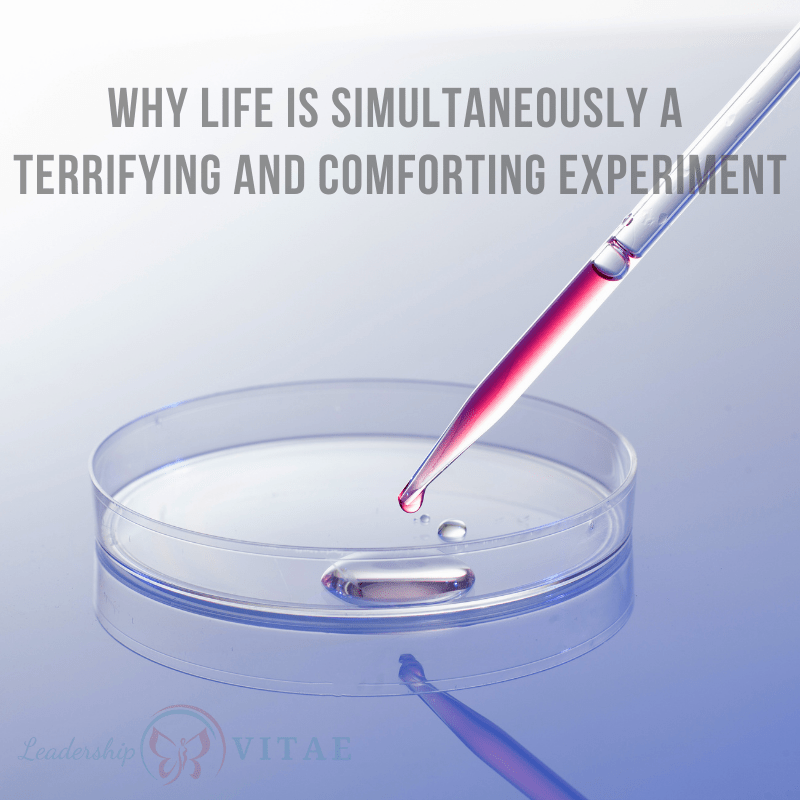
I remember sitting in 8th grade science class and a moment that seemed to bring clarity to a crazy world I was trying to navigate. The Scientific Method.
It made sense on a level I could not articulate at the time. What I likely realized was that it explained so much of the world around me and the people in it. It was decades later … in the midst of a global pandemic … that it occurred to me just how much.
A short primer
For those unfamiliar with the Scientific Method, we start with a problem statement. From there, we develop different hypotheses, or alternatives, as to what should be done and what could happen.
Following consideration, we select the best option we know, apply it, and then confirm whether it solves the problem.
This is not a linear process, however. If the problem isn’t solved, we take what we’ve learned from the first iteration and start again.
What do we now know about the problem? How does this change our potential hypotheses? We experiment until we get to resolution and the problem is solved.
Professional application
My introduction to the Scientific Method was in my youth. When I started working as a Project Manager, and made it my business to solve problems for a living, it became my profession.
I collected toolkits, such as Agile, Software Development Life Cycle, Six Sigma, Lean…all as mechanisms to help expand my methods to experiment and solve the problem at hand.
In truth, I could see that they were all nuances of the Scientific Method. Cycles of understanding a problem, determining how to solve it, getting to resolution, and then confirming it or repeating the pattern.
These tools gave me – as well as my teams, stakeholders, and customers – common language and a common approach. We don’t talk about Scientific Method in most business settings, but when we change the terms into something related to our work, suddenly it’s part of how we operate.
What I did not yet realize was how core and critical Scientific Method is to everything we do each day.
Our Brain on the Scientific Method
During the great pause, I’ve had more opportunity to wax philosophical with friends and colleagues. As we look to understand what is happening, and our responses (healthy or not) to current events, we’ve ended up discussing topics that are normally ignored as we rush from one task/project/problem/distraction to the next.
During one such conversation, I had a realization. We are all living the Scientific Method every day in every moment. Whether we are conscious of it or not.
In each moment, we are taking in endless data points about our environment, mind, body, interaction, etc. As we walk through life, we are both actively making decisions and subconsciously processing those data points to influence those decisions.
Imagine our brain is a computer (because it is) and it has a huge hard drive of information collected through our lifetimes. In each moment, it will take thousands of data points regarding those prior experiences and run through a ton of hypotheses about what to do next. All in a split second.
We will act on what our brain says is the next best step, and then get additional data from our environment that tells us if that was a good idea or not. We then refine and keep going, using signals in our environment – such as reactions from others – that tell us if we should refine our actions and subsequent decisions.
Personal Application
How might this work?
During a conversation, the mind has access to all of our prior experience. This includes social norms we’ve learned, actions and reactions we’ve tested previously, etc. As we are having a conversation with a friend, for example, all of this information subconsciously informs and influences tone, word choice, etc.
As the conversation happens consciously, we may not be aware that our brain is testing and learning. It has learned what is safe and allowed with this individual. It hypothesizes that there is more freedom to be vulnerable because this is a safe place.
If something is shared that gets a negative reaction, then the hypothesis of safety fails and the brain learns that lesson. It can be universal, or situational, depending on the friendship, prior experiences, etc.
In every moment, every decision, every breath, our brain is creating hypotheses and experimenting to see what lands and what doesn’t. It then further refines the learning to shape the next decision and the next one.
Which is both amazing and troublesome.
Limitations of the brain on science
I am a huge fan of the Scientific Method, but it does have limitations. It is dependent on two key factors. One is knowing the problem at hand, and the other is observations to be able to develop a valid hypothesis.
Know the problem
Over the years, I’ve noticed that most of us assume a lot about a problem. Before we (I do it too) really understand the nature of the problem, we are hot to fix it. We make assumptions, assuming this looks like something we’ve seen before, and get to it.
This creates numerous challenges, as we can often end up fixing the wrong problem, or fixing something that was never broken! It is only by taking the time to really understand the problem that we can fix it.
In the case of our brains, our lizard brain – which allows us to process so many data points without conscious thought – may take in a few pieces of information and assume a pattern that says “I know this problem, how to solve it, and I’m going to do x.”
This type of thinking goes right to solution, or reaction, without giving time for our pre-frontal cortex to make rational decisions. There is no pause to consider if we really know the problem, what might be different about this situation or person, and what we want to do differently.
There are a few tricks to slowing down our brains and interrupting auto-pilot.
- Mindfulness, and the practice of being fully present, is a great way to slow down our thinking.
- Commit to understanding before solving. In discussions or life situations, attempt to actively recognize when we are reacting. What does it feel like? Especially to react negatively? Pause, take a breath, and reflect.
- Ask for help. If we tend to go right to solve, or reaction mode, ask a friend to help us notice when it’s happening. With some awareness, we can learn to help ourselves.
Increase observations
The other challenge is with having enough observations to make informed decisions.
While our brains are taking in sooooo much data every moment of every day, our observations could be limited. And our brain is what is creating that limitation.
We are constantly looking for and creating new patterns. With very few data points, we align to a known pattern and assign meaning. When we have few observations, we potentially assign the wrong meaning because we do not have enough experience to tell us differently.
Implicit bias is a direct result of this limitation. We may not intend to make snap judgments about people or situations, but it’s the way our brain is designed. The number of observations we’ve made is one way to guide it with intention rather than default thinking.
If our experience is limited to what we see on the news or on social media, or only one or two real-life situations, that small set of observations can inform and shape all of our interactions with a diverse group of people.
On the other hand, if we increase our number of observations, it is more likely to force us to pause and consider what we know about this person or situation. We can consider different scenarios, meaning, and responses when we have more observations that reveal the expansiveness of possibilities.
Actively going out of our way to disrupt our feeds and interactions help provide us with more data points to consider. If we do not actively work at getting new information, social media and our current circle will likely reaffirm what we think we know, increasing the risk of confirmation bias.
Disrupting our own Scientific Method
By really understanding the problem at hand, and increasing our observations, we can retrain our brain and our outcomes.
Being on autopilot can limit our ability to make new relationships, and sabotage existing ones.
Interpersonal interactions can be fraught with opportunities and challenges. Especially for those of us who struggle with social cues. Sometimes what looks like a signal may not be sent or received correctly.
When we are vested in a relationship, we are more likely to look for and assign meaning. We do this as a way to validate our understanding of the relationship, or protect ourselves from harm.
If we are worried about getting hurt, it may cause us to look for reasons to walk away. For example, maybe someone doesn’t call for a day or two. We care about communication, and this is perceived as a problem. In the past, that kind of delay has meant we’re being ghosted and we are looking for red flags, so we presume negative intent.
We allow our presumption of the problem and prior observations to influence our reaction. If we are finally contacted, it might mean ignoring calls. We never find out the person was sick or had to go out of town unexpectedly.
Fear is a strong emotion that can bypass rational thought to assumption and judgment. Pausing, stepping back, and asking questions can interrupt our lizard brain and help gather additional inputs. Considering other observations, such as legitimate reasons why we might not call for a day or two, can help balance our default fears.
With additional inputs, our thinking brain helps us better understand the situation or problem at hand. We create better correlations, instead of the automatic ones, resulting in more purposeful outcomes. We are also less likely to let implicit or confirmation bias influence our thinking.
Go experiment
Once we realize how our brain works, we have a choice on running the computer or letting it run us. Disrupting our automatic thinking takes work, but is possible.
Try pausing in interactions, such as when meeting new people or getting new information. Step back and consider default assumptions. Hold them up to the light and ask if there are other alternatives to explain behaviors.
Default thinking has it’s place when we are in a truly dangerous situation, but that is (hopefully) rarely the case in our day-to-day interactions.
Putting a leash on our lizard brain, and engaging our thinking brain, can help us achieve better outcomes in work and life.

